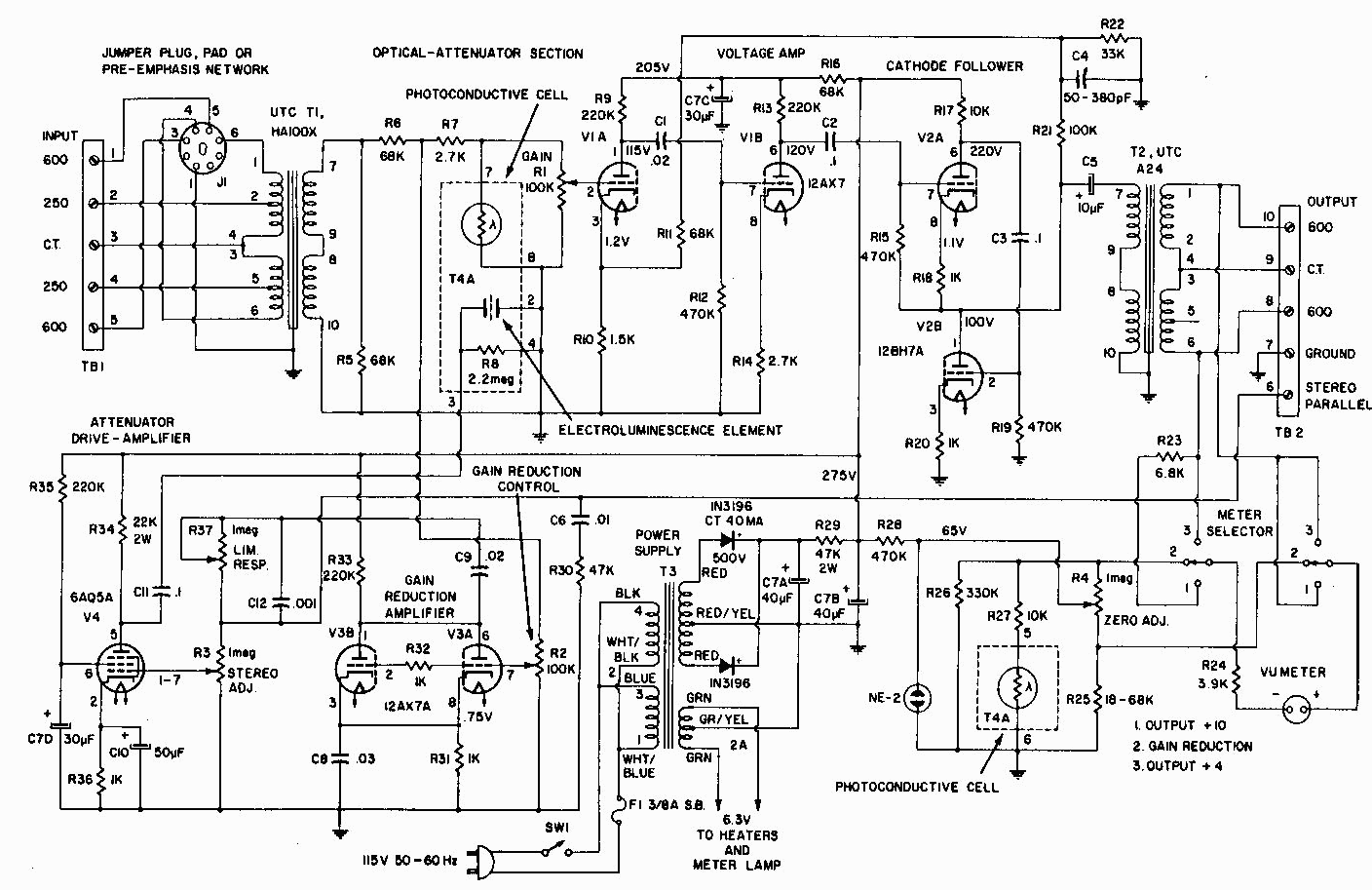[silent:arts]
Well-known member
I can only find measuring with the switch, not with the Potentiometer.
What is the maximum gain with the Potentiometer?
I don't know your DMM, but most DMMs are not that good with a 1K sine wave (they are build for 50 or 60Hz).
And, the LA2A output specs are 10dBm nominal with 16dBm maximum peaks.
The +21dBu measured with the DMM don't need to be the result of 60dB gain:
What is the maximum gain with the Potentiometer?
I don't know your DMM, but most DMMs are not that good with a 1K sine wave (they are build for 50 or 60Hz).
And, the LA2A output specs are 10dBm nominal with 16dBm maximum peaks.
The +21dBu measured with the DMM don't need to be the result of 60dB gain:
Zander said:When I monitored the sound there was a point where it was louder before CW but measured lower.










![Soldering Iron Kit, 120W LED Digital Advanced Solder Iron Soldering Gun kit, 110V Welding Tools, Smart Temperature Control [356℉-932℉], Extra 5pcs Tips, Auto Sleep, Temp Calibration, Orange](https://m.media-amazon.com/images/I/51sFKu9SdeL._SL500_.jpg)
























